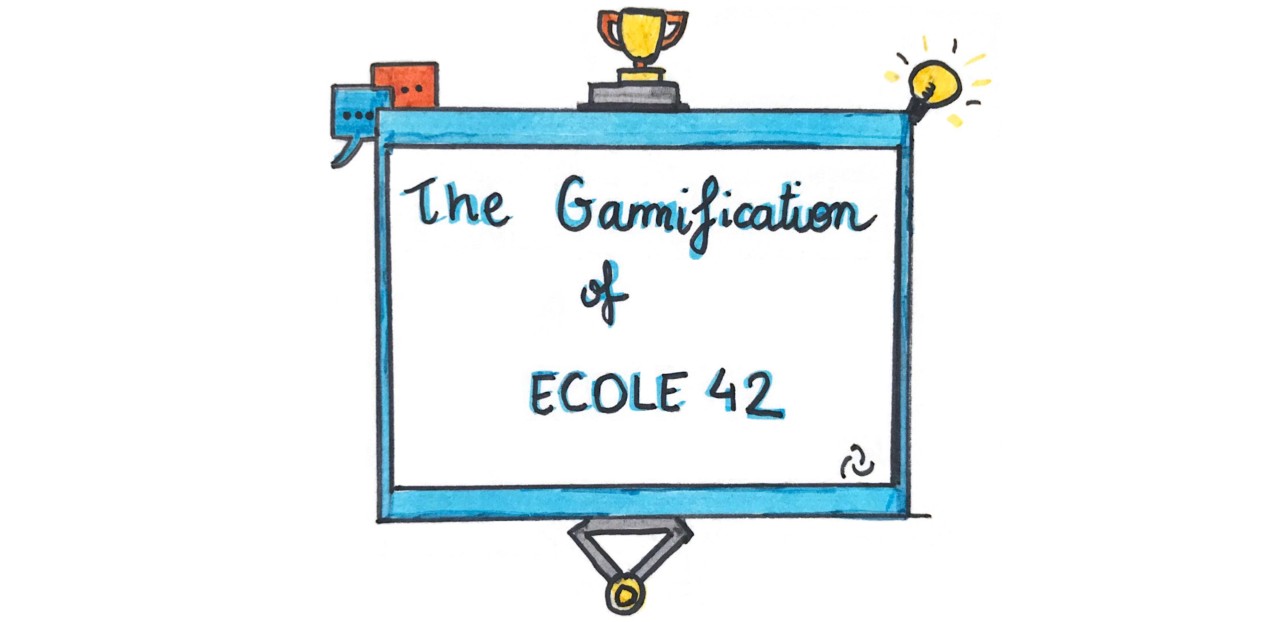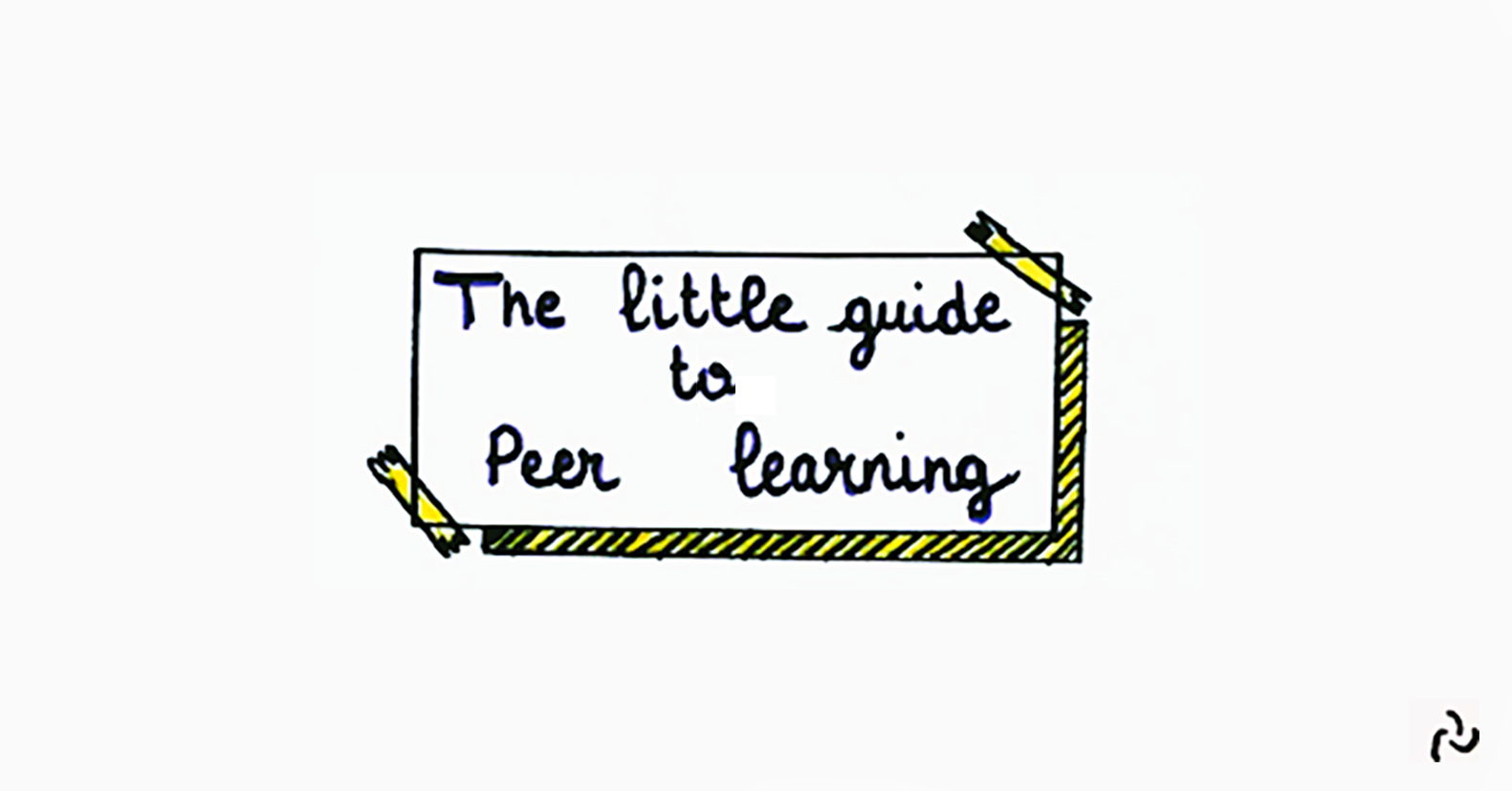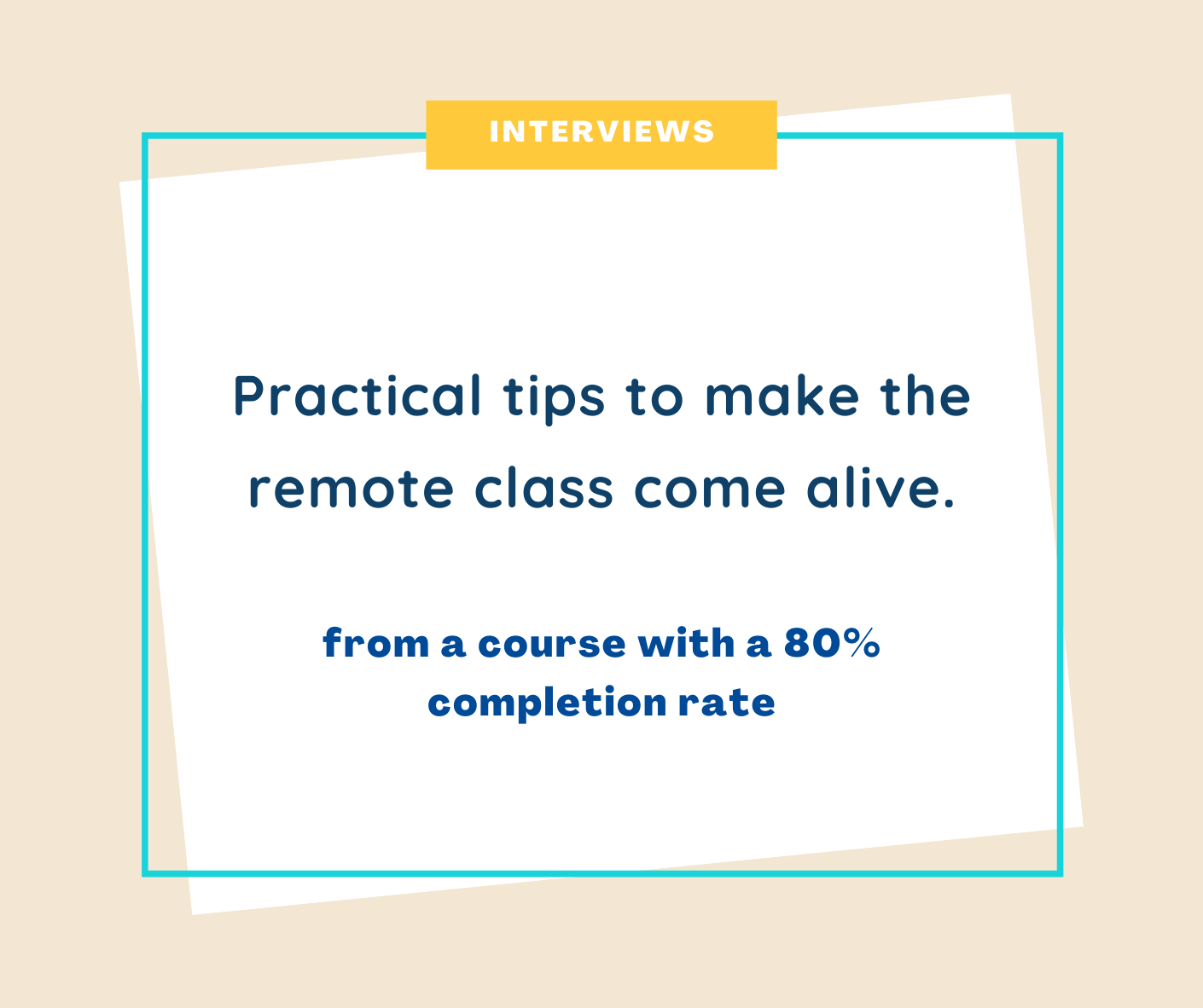You think you know them.
But the day you move on to teaching soft skills, several questions arise:
- How should they be presented?
- If you give learners the theory behind soft skills, will they apply it?
- Is practice necessary, anyway?
Let me tell you: these questions are misguided.
To understand how to teach soft skills, we must understand their nature. The answer to your questions will naturally follow.
You can dive into the topic by watching the video below (French with English subs), or continue reading the article:
What soft skills (really) are
Soft skills are skills transversal accross domains. Empathy, communication, adaptability… it’s all those skills that do not depend on learning the technicals of the field.
But describing them this way can mislead us about their true nature.
Because soft skills are in fact personality traits. Personality traits that allow us to be productive and that are valued at work, yes, but personality traits nonetheless!
They are not skills you learn just by repeating and memorizing a technical procedure.
No, they touch on behaviors, on the way we present ourselves to the world. And this entails a work much more tricky than a simple technical gesture.
It’s tricky because our behaviors are largely produced by reflexes and unconscious mechanisms.
For example, are you familiar with cognitive biases? Those unconscious reasoning patterns that allow us to think faster? Similarly, personality traits are automatic behaviors that have developed throughout our lives.
To change our behaviors - to sharpen our soft skills - we must work on becoming aware of these behaviors. We have to be aware of what we are doing unconsciously if we are to change it.
And obviously, to be aware of behaviors, you have to see them in action.
Hence the following soft skills development equation.
Soft skills = experience + reflexiviy
To develop our soft skills, we must first experiment with new situations, and then adjust our behaviour in these situations. We act on the world, we see what happens, and we adjust. Assimilation, accommodation.
This cannot be done in one go or in a 2-hour conference!
One-off workshops to develop soft skills are heresy. They can pass on the theory, but they can’t develop the skills because they don’t trigger behavioral adaptation.
Let’s illustrate this with an example.
If you’ve ever tried to quit smoking or to diet, you know how theory alone doesn’t change anyone. The first day, you manage to stick to it because you’ve just read some advice on the subject. It’s fresh in your mind. But the next day, you forget and go back on auto-pilot: the habit is already broken down.
To make a lasting change, we must become aware of our behaviors and work on them over the long term.
We need to change our default behavior - our unconscious behavior.
Instructional design and soft skills
From an instructional design perspective, soft skills development involves three main aspects:
First, you need to create a benevolent learning environment, where feedback on behavior is well accepted. Most soft skills are only expressed in interactions with other people, so you need to develop a culture of feedback in the classroom.
The second thing is that they need to be worked on consciously, regularly, through a variety of situations. Learners need to experience different contexts (group projects, public presentations, peer-to-peer, etc.) to become aware of their behavior in those contexts.
And of course, we need to integrate reflexive activities activities. They are central to the development of soft skills.
Keep in mind that our behaviors are largely unconscious. It’s the environment that triggers them. So only by developing our skills in many different contexts, can we set up a default behavior that’s truly transverse.
It’s in your hands now. There’s no doubt that if you follow those guidelines, you will succeed in developing your learners’ soft skills!




